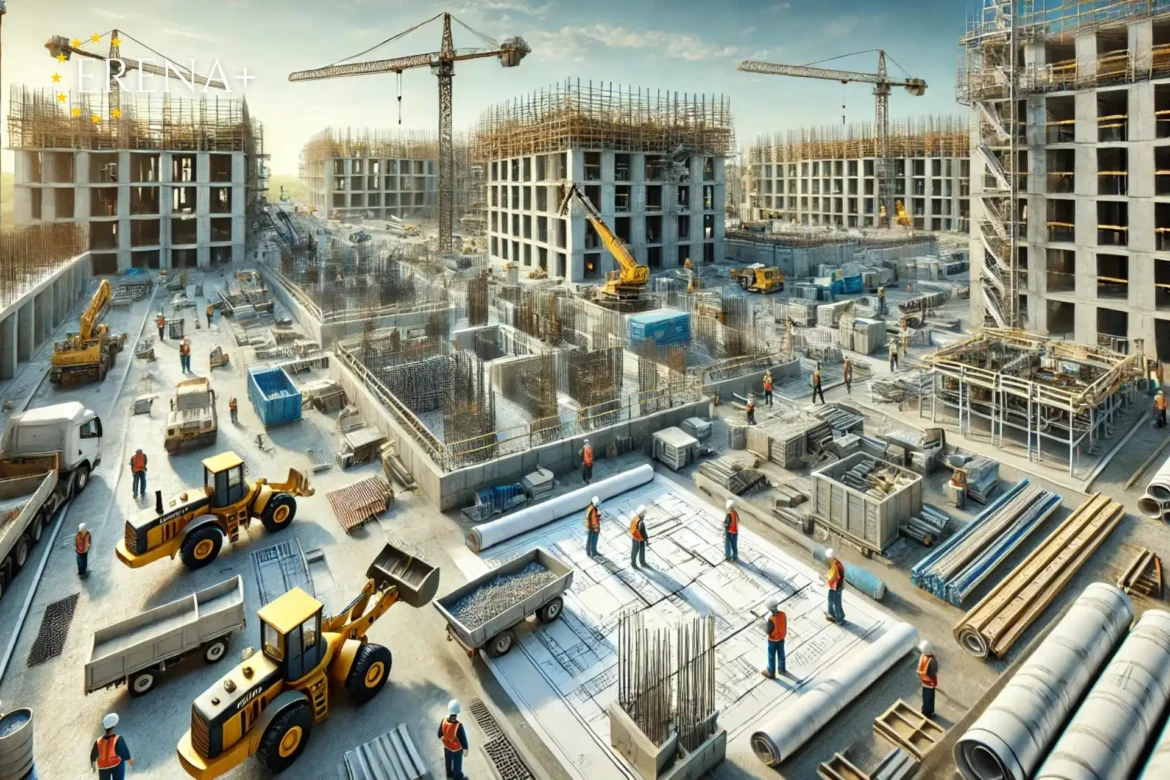The European real estate market is undergoing a significant transformation, with modular construction emerging as a revolutionary trend. As the demand for affordable, sustainable, and quickly deliverable housing solutions rises, modular construction has become a pivotal solution. This article delves into the factors driving the adoption of modular construction in Europe, key trends, pricing insights, and notable case studies.
What is Modular Construction?
Modular construction involves manufacturing building components—referred to as modules—offsite in a controlled environment and then assembling them onsite. Compared to traditional methods, this approach prioritizes efficiency, precision, and sustainability, with up to 80% of the work completed in factories.
Key Drivers of Modular Construction in Europe
1. Rising Demand for Affordable Housing
Urban centers across Europe are grappling with acute housing shortages. Modular construction provides a faster and more cost-effective alternative to traditional construction.
2. Sustainability Initiatives
With the European Union’s Green Deal and national sustainability goals, modular construction aligns well with eco-friendly practices. It minimizes waste, enhances resource efficiency, and reduces the carbon footprint of projects.
3. Technological Advancements
Digital tools like Building Information Modelling (BIM) and innovations in materials and design are making modular construction more streamlined and accessible.
4. Labor Shortages
The construction industry faces a decline in skilled workers, particularly in Western Europe. Modular methods require less onsite labor, making them a viable solution.
Modular Construction Costs Across Europe
Costs in modular construction depend on location, project scale, and complexity. On average, modular projects are 10-30% cheaper than traditional construction. Below is an overview of pricing trends across key markets:
1. Germany
- Residential Projects: €1,800–€2,400/m²
- Commercial Projects: €2,000–€2,800/m²
Cities like Berlin and Hamburg are embracing modular housing, with leading companies such as KLEUSBERG and ALHO driving adoption.
2. United Kingdom
- Residential Projects: £1,600–£2,200/m²
- Commercial Projects: £1,800–£2,500/m²
Modular housing is central to addressing the UK’s housing crisis, with large-scale projects in London and Manchester.
3. Nordic Countries
- Residential Projects: €2,200–€2,700/m²
- Commercial Projects: €2,500–€3,200/m²
Countries like Sweden and Finland are leading the way in sustainable modular construction.
4. Eastern Europe
- Residential Projects: €1,200–€1,800/m²
- Commercial Projects: €1,500–€2,000/m²
Poland and Hungary are emerging as modular hubs, supplying local and Western European markets.
Notable Modular Construction Projects
- César-Kelvin, Bordeaux, France: A residential project that reduced build time by 40% using modular techniques.
- Factory-Built Apartments, Berlin, Germany: Affordable housing units focusing on speed and energy efficiency.
- Eko Modular Village, Stockholm, Sweden: A sustainable project emphasizing recyclable materials and reduced environmental impact.
Challenges in Modular Construction
Despite its numerous advantages, modular construction faces several challenges:
- Regulatory Barriers: Varied building codes across European countries can hinder widespread adoption.
- High Initial Investment: Setting up modular factories requires substantial upfront costs.
- Perception Issues: Older misconceptions about modular quality still linger, though modern advancements are rapidly dispelling these concerns.
The Future of Modular Construction in Europe
The modular construction market in Europe is expected to grow at a CAGR of 6-8% over the next decade. Cities like Leipzig, Graz, and Rotterdam are already embracing modular solutions, reshaping their urban landscapes.
With advancements in technology and declining costs, modular construction is poised to become a cornerstone of real estate development. For developers and investors, the time to invest in modular construction is now.

